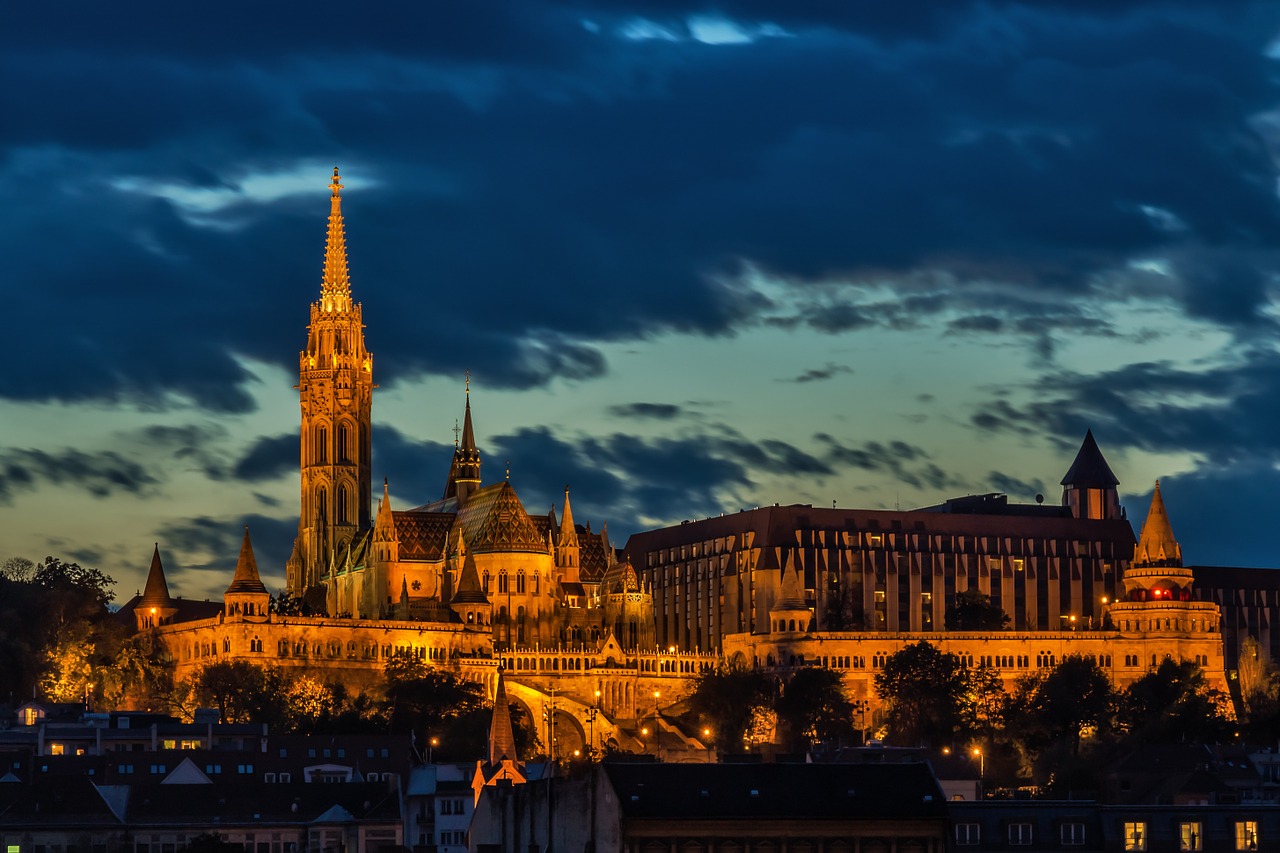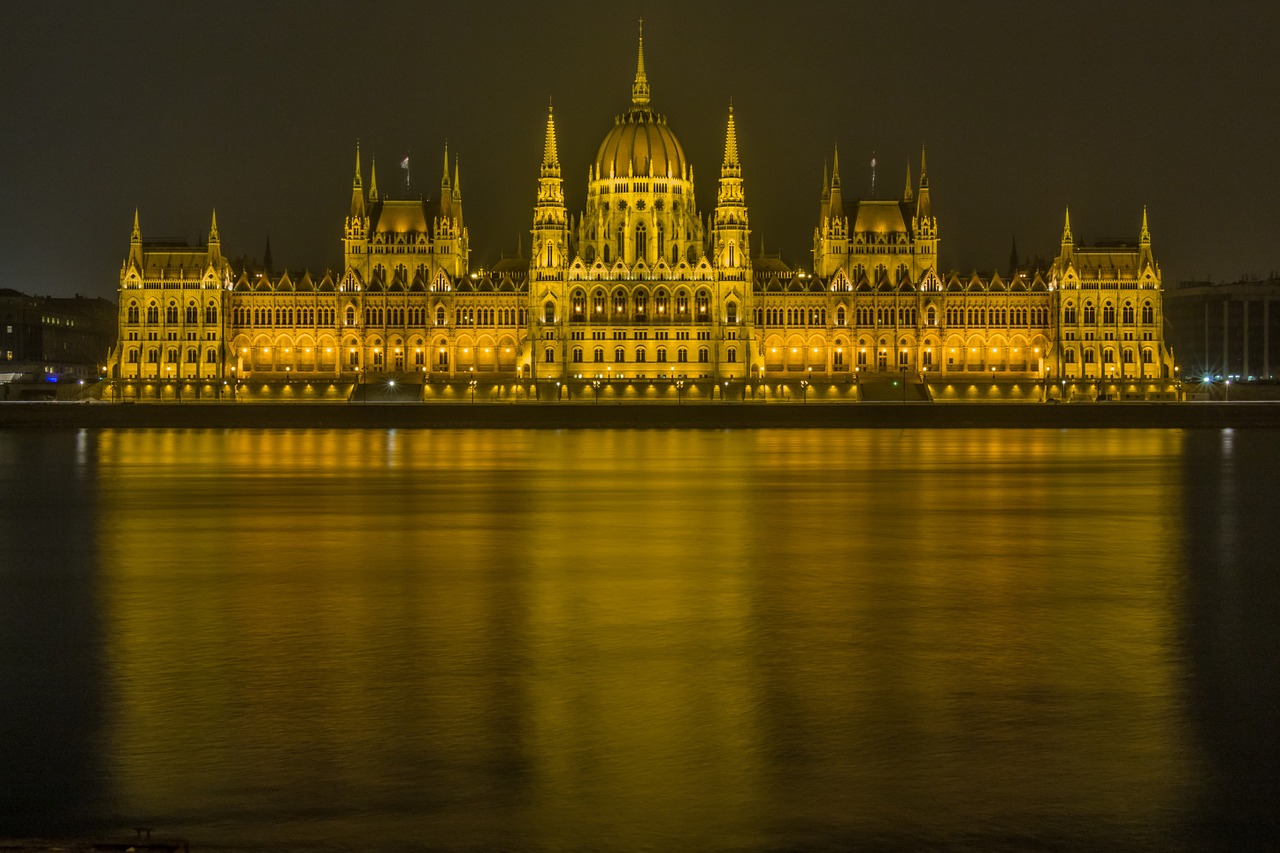
Paris stands as the Western ideal of a beautiful, cultural city packed with intriguing people and historical treasures. It is what sparks the imagination and stands for the beauty of the West in a way that few other cities can compete. So when a city is compared to Paris, it is high praise, indeed, in the eyes of those who cherish the French capital’s splendor.
The city has a long and sometimes violent history that stretches back to ancient Rome. It was not until the late nineteenth century that the cities of Buda, Pest, and Obuda came together under it modern name after the Hungarian struggle for independence from the Austrian empire. Throughout this tumultuous past, the culture and architecture of Budapest and its people was marked and crafted in a beautifully unique way.
Ancient structures from the age of the Romans still stand tall throughout the city, punctuated by further architectural beauty crafted over the ages since Roman occupation. Of note, the ruins of the city of Aquincum, which was built around 89 AD, still stand in the northwestern corner of the city; to the south stands the impressive, Renaissance-style Hungarian State Opera House, whose elegance in design is breathtaking.
There are also signs of the city’s Islamic occupation during the sixteenth and seventeenth centuries: the most notable of which are the Turkish baths that continue to function to this day. The Kiraly Baths are located near the northern center of the city, and offer a soothing, warm soak to both men and women in waters that run between 26 and 40 degrees Celsius. A second famous Isalmic-styled bath is the Rudas Spa, located in the southern center of the city. The Rudas Spa is more modernized than the Kiraly Baths, and offers a greater variety of spa services to visitors. But both proudly sport the Turkish style, and both continue to hearken to a heritage that continues to permeate the overall Hungarian culture.

Hungary’s capital, in its effort to come to terms with these various cultural influences, absorbed and created its own architectural wonders unrivaled in their elegance. Of particular note is Szechenyi square, which combines elements from across the European landscape and boasts a mosque, church, a variety of city buildings, and art that is uniquely Hungarian. Twelve streets connect at the square, giving the place (from an aerial perspective) the look of a wheel with its spokes. Szechenyi square is located further south in the suburb city of Pecs, which has its own vast and complicated history.
In terms of population density, the city is one of the mostly highly populated cities not only in Hungary, but in all of the European Union. The 2014 census placed the city’s population at over 1.7 million people. In contrast, Paris’s population is over 2.2 million people. With the addition of the surrounding suburbs, the population of both cities raises astronomically. Thus the comparison remains: both cities, both capitals, boast massive populations and stand as cultural landmarks in the east and west of Europe. It is just as easy to call Budapest the “Paris of the East” as it would be to call Paris the “Budapest of the West.”
 Craig Scott is the editor at LuxAuthority and is trying to balance both his budget and his credit card balance. He likes to live lavish and treat himself when the opportunity allows it. He loves the newest tech, old cars and the smell of rich mahogany and leather bound books as well!
Craig Scott is the editor at LuxAuthority and is trying to balance both his budget and his credit card balance. He likes to live lavish and treat himself when the opportunity allows it. He loves the newest tech, old cars and the smell of rich mahogany and leather bound books as well!

